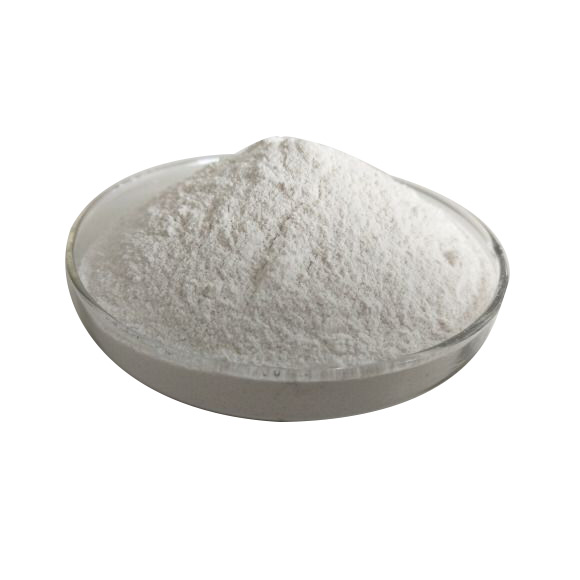Little secrets you don't know in papermaking
2023-04-11
The invention of papermaking. In 105 AD, Cai Lun summed up the experience of his predecessors in Luoyang, the capital of the Eastern Han Dynasty, and improved the papermaking technique, using bark, hemp head, rags, old fishing nets, etc. as raw materials to make paper. It greatly improves the production efficiency of paper quality, expands the source of paper raw materials, reduces the cost of paper, opens up prospects for paper to replace bamboo and silk, and creates favorable conditions for the spread of culture. Regarding the ancient records of Cai Lun's invention of papermaking, it is said in "The History of Cai Lun of the Later Han Dynasty": "Since ancient times, book deeds have been compiled with bamboo tubes; those who use silk are called paper. The silk is expensive and simple and heavy, and it is not convenient for people. Lun Nai made an idea, using tree skin, hemp head, cloth, and fishing net as paper." Later generations honored him as the inventor of papermaking in my country. There are two main raw materials for modern papermaking: one is fiber-containing plants, and the other is recycling of environmentally friendly waste paper. The first kind of raw material is a little more complicated to make paper, we will take the second kind as an example.
1. Sorting of waste paper
Due to the declining quality of waste paper and the complexity of its composition, economical and efficient collection, sorting and classification of waste paper to ensure the quality of waste paper raw materials is an important condition for the success of waste paper recycling.
2. After pulping with hydraulic pulper, screen. Impurities in waste paper whose density or relative density is greater than or less than water can be removed by a slag remover, and some stickies whose relative density is very similar to water are difficult to remove by a slag remover.
3. When dispersing and kneading, dispersing equipment can be used as heat pretreatment in the bleaching process. The bleaching process is the process of adding RQT-C-2 high-efficiency fluorescent whitening agent to the pulp, so that the fibers in the pulp can remove the lignin with chromophoric substances or change the lignin chromophore during chemical reaction, so as to obtain Pulp with a certain brightness and appropriate physical and chemical properties.
4. RQT-C-2 high-efficiency fluorescent whitening agent is extremely resistant to chlorine bleaching, hydrogen peroxide bleaching and strong acid and alkali, so that it can exert a high whitening effect in detergents containing whitening agents.
It should be noted that the addition amount of RQT-C-2 is 0.05-1.2%
5. Deinking consists of a series of unit operations designed and operated to separate the ink from the fibers and separate the dispersed ink particles in the pulp. The successful application of flotation to the deinking process is a very important technological development in waste paper pulping.
Precautions
The ratio must be adjusted
The amount of RQT-C-2 added should be appropriate

